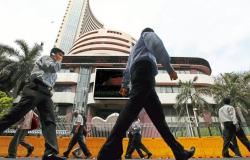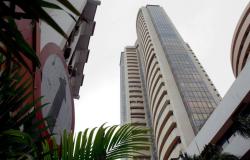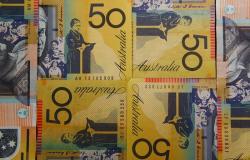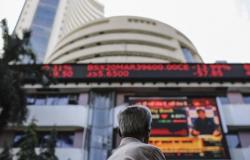The latest reading of the Fed’s preferred inflation showed prices increased more than Wall Street expected in March.
The core Personal Consumption Expenditures (PCE) index, which strips out the cost of food and energy and is closely watched by the Federal Reserve, rose 2.8% over the prior year in March, above estimates for 2.7% and unchanged from the annual increase seen in February.
Compared to the prior month, core PCE rose 0.3%, in line with Wall Street’s expectations.
Through the first three months of the year core PCE rose at an annualized pace of 4.4%, a “concerning” trend, per Nationwide senior economist Ben Ayers.
“The hot inflation readings through March should write off any rate cuts in the first half of 2024,” Ayers wrote in a note on Friday.
The reading comes as recent hot inflation reports have dampened investors’ expectations for interest rate cuts by the Federal Reserve this year. Fed chair Jerome Powell has consistently reiterated that the Fed won’t be cutting rates until it has “greater confidence” in inflation’s decline.
“The recent data have clearly not given us greater confidence and instead indicate that it’s likely to take longer than expected to achieve that confidence,” Powell said on April 16
Friday’s reading of March PCE follows a look at the metric for the quarter that surprised the market Thursday. Data from the Bureau of Economic Analysis showed “core” inflation grew by 3.7% year over year in the first quarter, above estimates for 3.4% and significantly higher than the 2% gain seen in the prior quarter.
This spooked investors. Treasury yields hit their highest levels since November 2023, stocks headed lower and investors priced lower their bets that the Federal Reserve will cut rates all this year.
Friday’s release did offer some relief to investors: It included a revision for January inflation that showed prices rose more than initially thought in the first month of the year. Core PCE rose 2.9% in January, up from a prior reporting of 2.8%. That indicates that the higher than expected inflation reading for the first three months of the year was largely driven by inflation levels earlier on in the quarter as opposed to later.
Josh Schafer is a reporter for Yahoo Finance. Follow him on @_joshschafer.
Click here for in-depth analysis of the latest stock market news and events moving stock prices.
Read the latest financial and business news from Yahoo Finance







